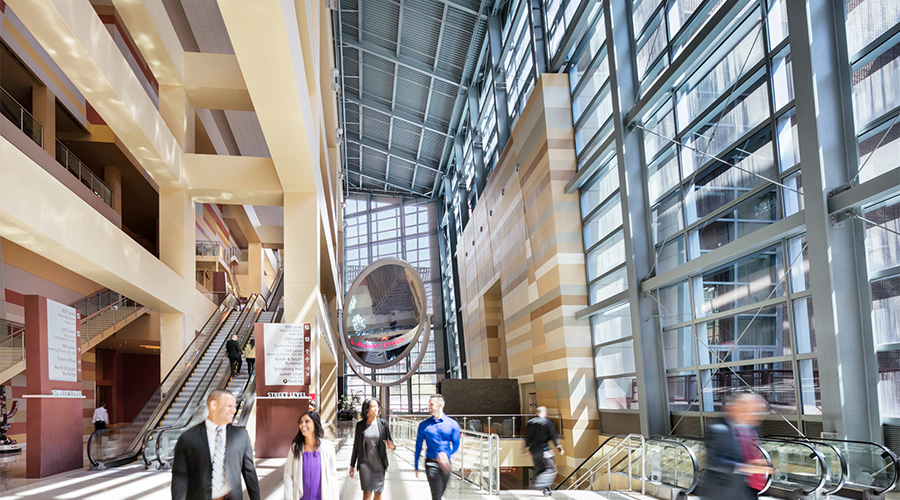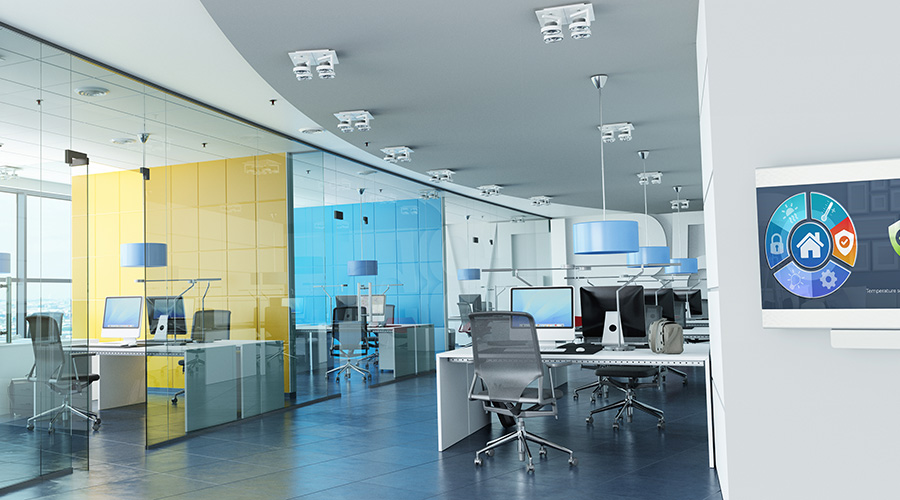Education, Analysis Help When Evaluating Lighting Technologies
Lighting efficiency options keep getting better, more complex, and tougher to sort out. There's a lot more to consider: new metrics, too-good-to-be-true claims, and sometimes questionable analyses, to name a few. A bit of reality checking, plus some help from a few independent data sources, may help facility managers navigate this ever-growing maze.
LightFair, the annual product show of the U.S. lighting industry, is always a feast of new lighting products and services. The 2011 event was no exception. As in recent years, solid-state lighting (SSL) based on LEDs (light emitting diodes) was all the rage. It seemed like a forgone conclusion that fixtures designed around LEDs would, in the next few years, supplant even high-efficiency fluorescents. Many vendors also exhibited sophisticated lighting controls for both LED and other lighting sources.
To describe the benefits of these new options, new lingo and new ways to compare light sources have been developed. Confronted by this avalanche of new information, lingo and products, some facility managers find themselves shutting down, unable to assess the possibilities and perhaps becoming too guarded as a result.
Because LED lighting involves a very small and essentially directional source (the LED lamp), retrofit devices and fixtures designed to use them may look and act differently from other sources. In the case of street or parking lot lighting, the directionality may be a plus: instead of lighting up the sky and creating glare and light pollution, nearly all light is focused down toward the ground. This difference may complicate comparisons with a large light source having a much wider distribution. Even if efficacy (lumens per watt) is lower for the LED source, its tighter distribution may still yield the same surface brightness using fewer watts. Differences in color content may also affect the level of wattage needed to assure acceptable illuminance.
Luminaire System Application Efficacy
To address such issues, lighting manufacturers have come up with new metrics, not all of which are as yet generally accepted. Luminaire System Application Efficacy, for example, is a sophisticated way to combine all of the above to allow useful comparisons among fixtures. Determining that final number involves inputting a variety of factors into software (find it at www.lrc.rpi.edu/parkinglot/#intro). Without knowing and understanding all the inputs, however, an end user may not know whether the answer has been "cooked" by a vendor supplying the comparison.
One area that remains controversial, for example, is the claimed scotopic/photopic (S/P) ratio for various light sources, or even such ratios within a type of light source. An S/P ratio describes the output of a given light source with regard to optical characteristics that may make an area appear brighter or darker, irrespective of a standard foot-candle measurement. If one claims a better S/P ratio for a source, the answer may favor that source. Department of Energy (DOE)'s Lighting Facts Label does not include an S/P ratio, and does not require testing by an independent lab to verify the S/P number.
With regard specifically to LED lighting, another factor that may be both useful and a bit enigmatic is Duv. Loosely described as color consistency, this factor indicates how consistently the light from an LED source matches a known and precisely quantified color standard: the higher the number, the less consistent the match. In a row of many LED wall washers, for example, a high Duv could yield noticeable variations in wall color among fixtures, even if all contained lamps having the same coordinated color temperature (CCT).
Related Topics:














